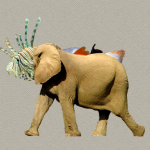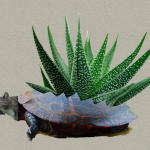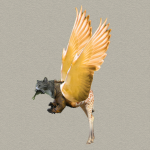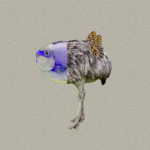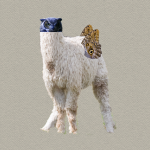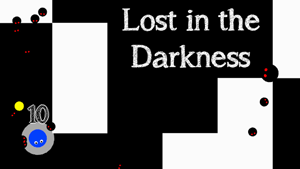I’m currently taking part in Critical Hit 2015 in Montreal, an incubator for experimental wearable games. This week, we started our first prototype! The God of Randomness teamed me up with Owen Bell, Milin Li and Mónica Rikic – so 3 of our 4 members are programmers, but luckily my team members are also great at wiring, sewing and making. The theme for the first game was “mini & forbidden”.
The Concept
Our first thematic impulses were to make something with either witchcraft/voodoo or bacteria. This quickly lead to the idea that somebody is ill and must be cured by one or multiple people, possibly using magic. From there we got to our current idea: Two people are ill – their heart rate, body temperature and digestion are either two high or too low – and both try to get healthy before the other one does. To do that, they eat fruits. Each fruit raises or lowers one or two of the aforementioned properties. (To keep it replayable, those effects are randomly decided at the start of each round.) It’s a logic puzzle: The players have to find out what each fruit does by eating them, then look at their current status and figure out which fruits to eat to get healthy. In the end version of the game, there should be neither screen nor keyboard: The players actually eat real fruit with specially made forks that can sense fruit types and wear aprons with LEDs showing their status.



